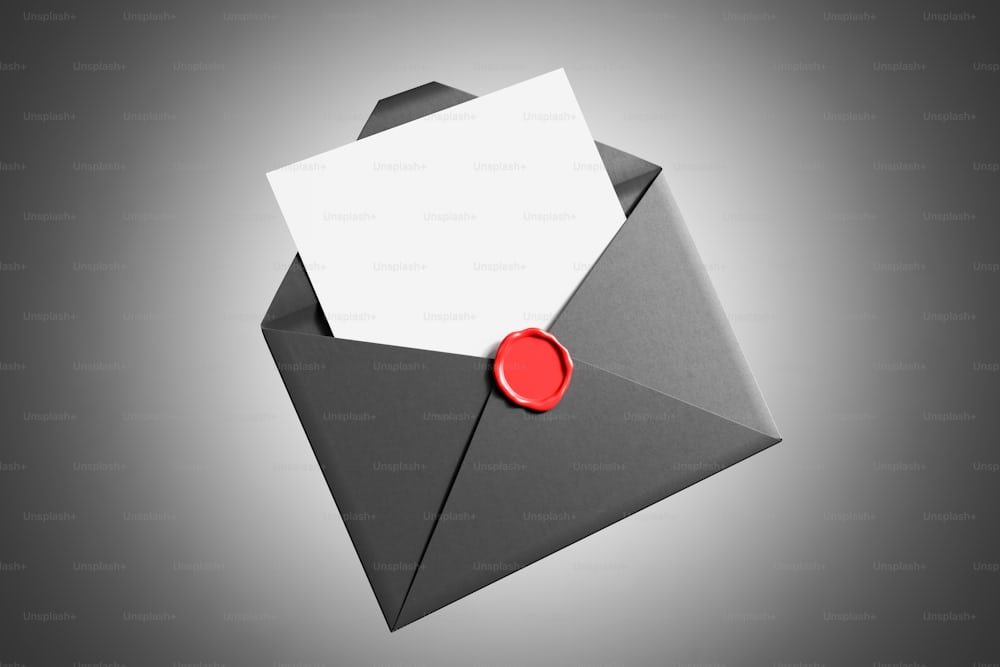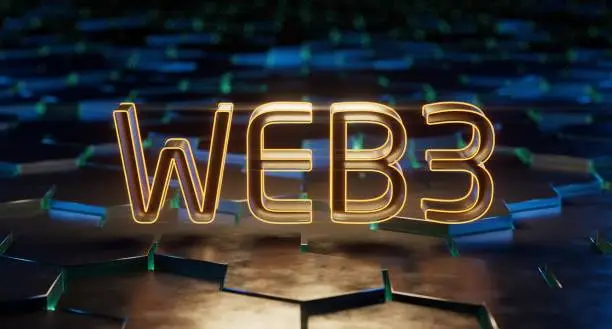In today’s digital world, email is a powerful tool for reaching out, whether you’re networking, proposing a business idea, or simply making an introduction. Crafting an effective email can be the key to getting a response, especially if you’re contacting a busy professional like Marcus Smith in Melbourne. A clear, well-structured email will stand out and increase your chances of a positive reply.
In this guide, we’ll break down exactly how to write an email that’s professional, concise, and engaging. These tips will help you make a great impression and communicate effectively with Marcus Smith, or any other professional you’re reaching out to.
Why Email Matters for Professional Connections
Email provides a direct, flexible way to connect with professionals without the interruptions of phone calls or the scheduling demands of meetings. It allows the recipient to read and respond on their own time, making it one of the best ways to approach busy contacts.
However, with inboxes often flooded with messages, getting noticed can be a challenge. Crafting a well-written email that gets to the point and respects the recipient’s time is crucial if you want to connect effectively with someone like Marcus Smith in Melbourne.
Step 1: Do Some Background Research
Before you write your email, spend a few minutes learning about Marcus Smith’s professional background. Tailoring your email based on this information will make it feel more personal and relevant. Here’s where to start:
LinkedIn: His LinkedIn profile can provide insights into his current role, recent projects, and professional achievements.
Company Website: If Marcus is associated with a company, check out its website to learn more about his role or contributions.
Social Media: If Marcus is active on Twitter or other platforms, you might gain further insights into his interests and professional focus.
This brief research will help you craft a message that resonates with him and shows you’ve done your homework.
Step 2: Write a Clear, Direct Subject Line
Your subject line is the first thing Marcus will see, so make it clear and compelling. Here are a few tips for crafting an effective subject line:
Be Specific: Clearly state the purpose of your email, such as “Proposal for Collaboration in Melbourne” or “Quick Question on [Project/Topic].”
Keep It Brief: Aim for a subject line of about 6–8 words to ensure it’s easily readable.
Avoid Unnecessary Symbols: Skip all caps, exclamation marks, or excessive punctuation.
A concise subject line helps Marcus understand the purpose of your email at a glance, increasing the likelihood that he’ll open it.
Step 3: Start with a Professional Greeting
A polite, respectful greeting sets the tone for your message. If you haven’t met Marcus before, “Dear Marcus Smith” or “Hello Mr. Smith” is appropriate. If he’s a bit more casual, “Hi Marcus” might be fine, but err on the side of formality if you’re unsure. A courteous greeting shows respect and professionalism from the start.
Step 4: Introduce Yourself Briefly
In the opening lines, introduce yourself and explain why you’re reaching out. Keep this introduction brief and relevant. Here’s an example:
“My name is [Your Name], and I’m a [Your Position/Field] based in [Your Location]. I recently came across your work on [Project/Area of Interest] and wanted to connect regarding a potential opportunity.”
This quick introduction gives Marcus an idea of who you are and why you’re reaching out without overwhelming him with too much information right away.
Step 5: State Your Purpose Clearly
After introducing yourself, get straight to the reason for your email. Avoid unnecessary details and keep the message focused on the purpose. Here’s how to keep it concise:
Be Specific: Clearly outline what you’re looking to discuss or propose.
Provide Context: If relevant, mention how you discovered his work and why it caught your attention.
Skip Extra Details: Only include key points to keep your email focused and engaging.
For example:
“I believe my background in [Your Field] aligns well with the work you’re doing at [Company/Project]. I’d love to discuss potential ways we could collaborate or support each other’s goals.”
Step 6: Add a Clear Call-to-Action
To ensure your email is actionable, include a clear call-to-action (CTA) so Marcus knows what the next steps are. Some examples include:
“If you’re open to it, I’d love to schedule a quick call at your convenience.”
“Please let me know if there’s a good time to connect in the coming days.”
A CTA makes it easy for Marcus to understand your intentions and encourages a prompt response.
Step 7: Close with a Professional Sign-Off
End your email on a positive note. Some professional closings include:
“Best regards,”
“Thank you,”
“Kind regards,”
Below your closing, include your name, job title, and contact information. If you’re reaching out for professional reasons, adding your LinkedIn profile link or company website can also help him learn more about you.
Step 8: Proofread Before Sending
Before hitting send, take a moment to proofread. Double-check for typos, grammatical errors, and clarity. A polished email demonstrates professionalism and attention to detail, making a good first impression.
Step 9: Follow Up (If Needed)
If you don’t receive a reply after a week, consider sending a gentle follow-up. Keep it brief, acknowledge his busy schedule, and reiterate your interest. For example:
“Hello Marcus, I just wanted to follow up on my previous email. I understand you may have a full schedule, but if you’re available, I’d appreciate the opportunity to connect. Thank you for considering!”
Final Thoughts
Reaching out to professionals like Marcus Smith in Melbourne can open doors, but a well-crafted email is essential to making that connection. By following these steps—researching your recipient, writing a clear subject line, introducing yourself, and keeping your message focused—you’ll make a positive impression and increase the chances of a meaningful response.
Whether you’re looking to network, collaborate, or simply learn more, effective email communication can help you make valuable connections and move your professional goals forward. Good luck!




